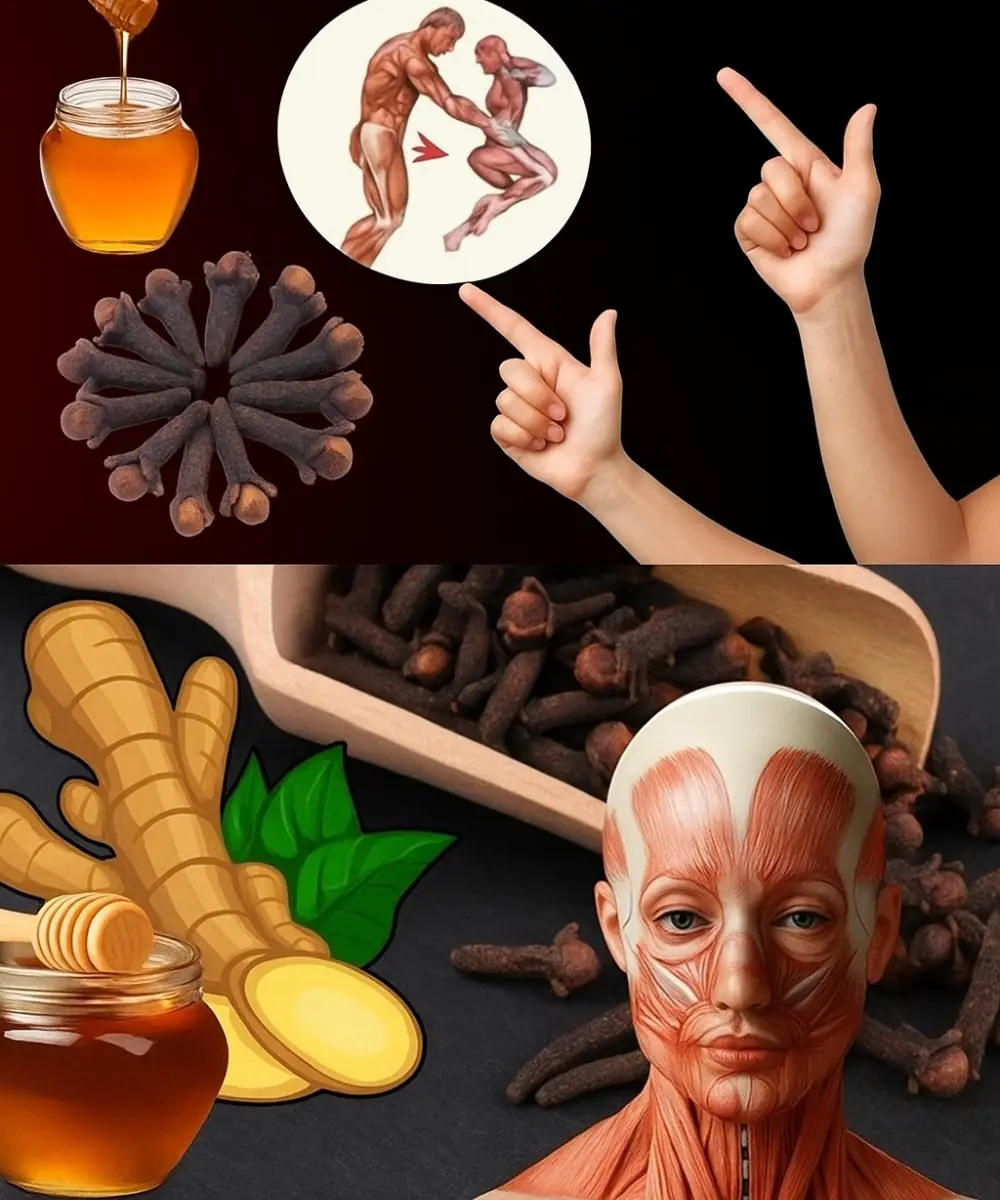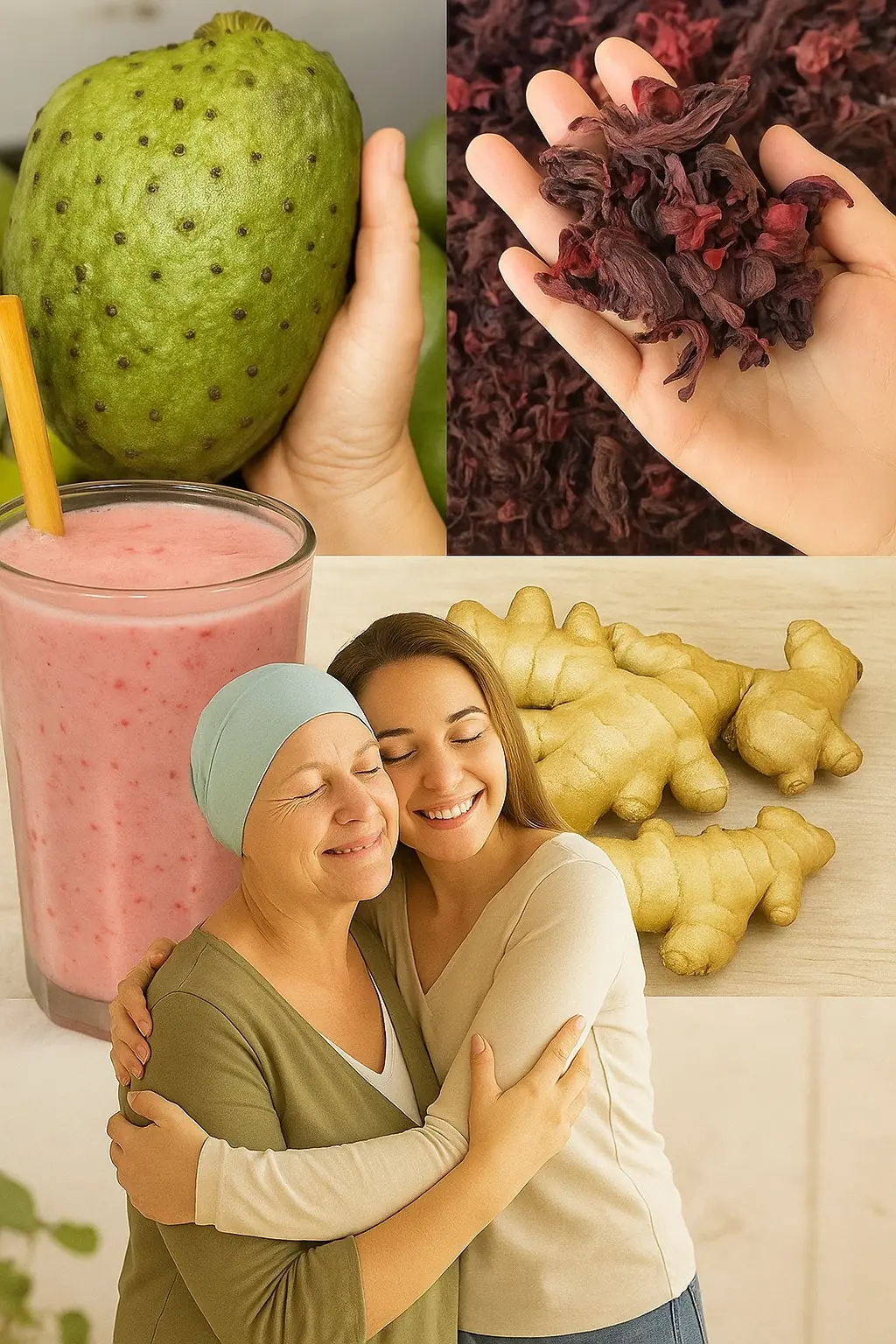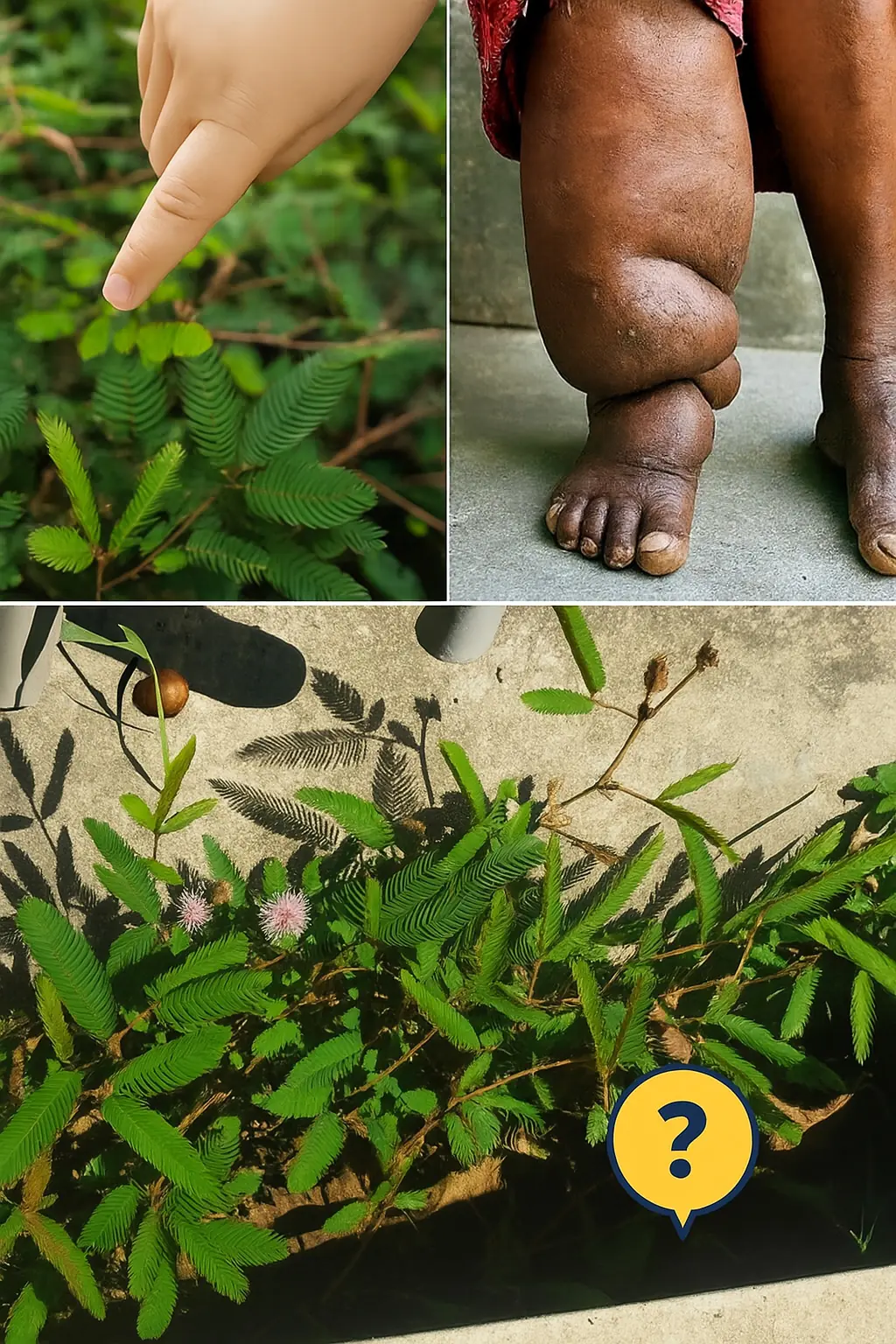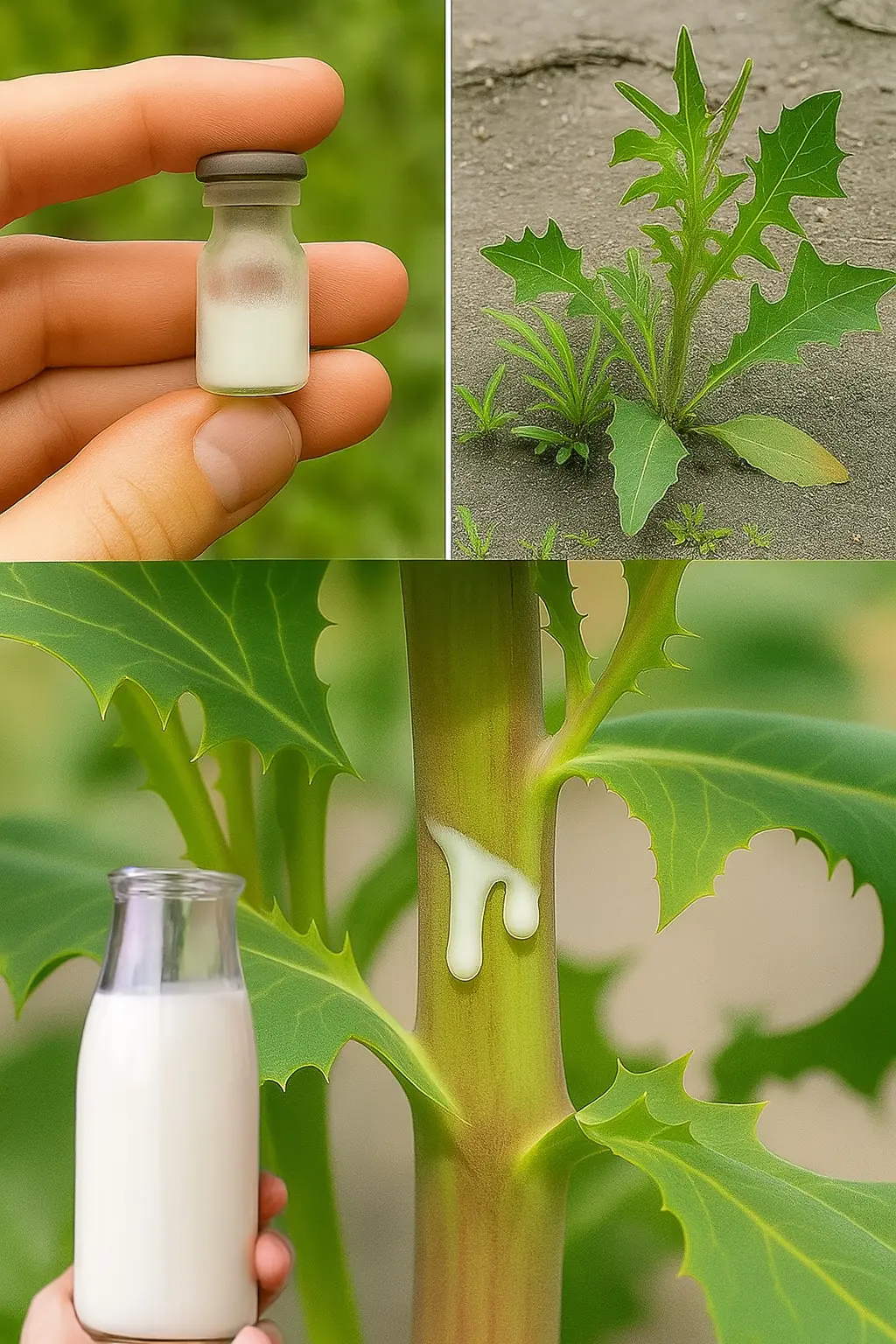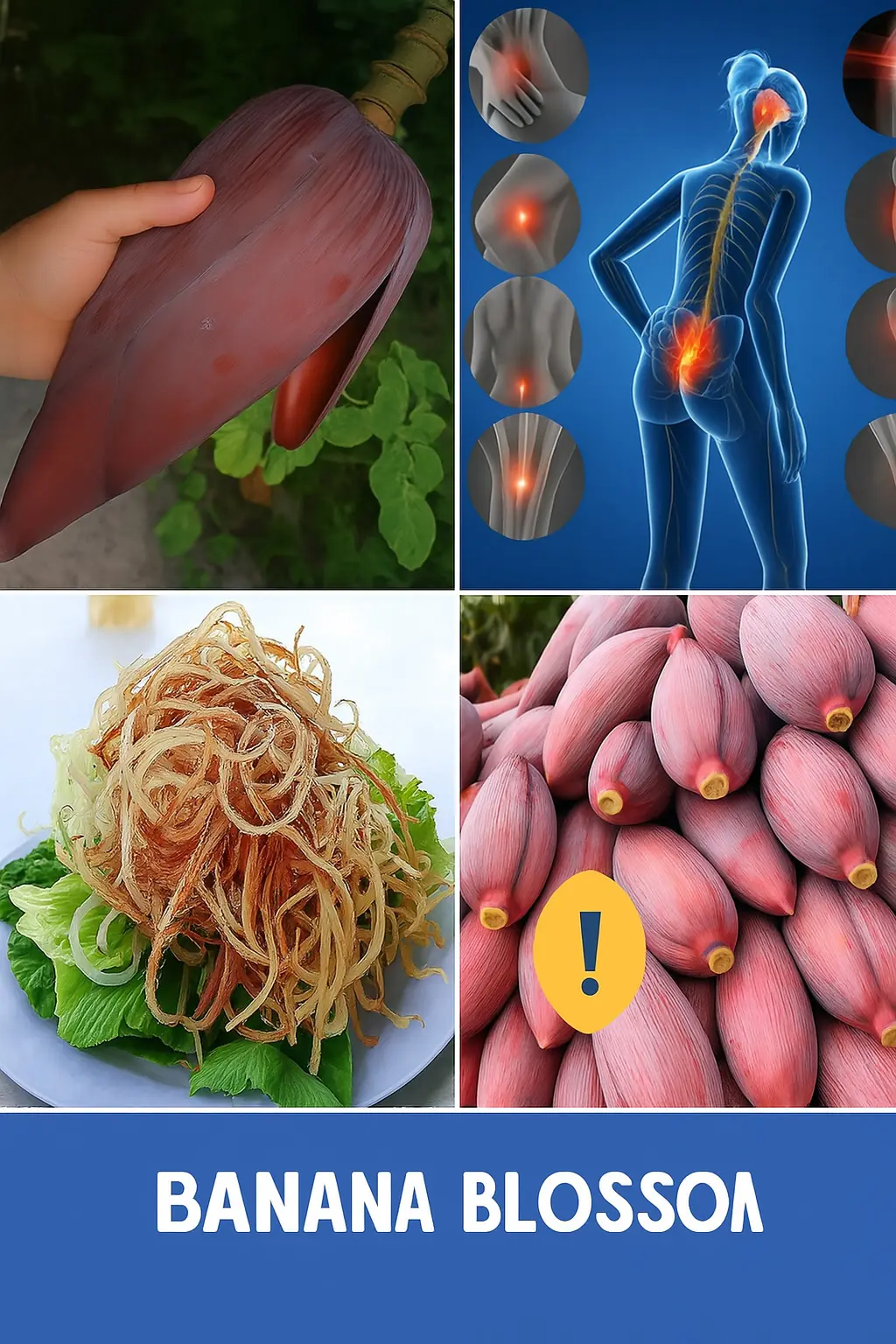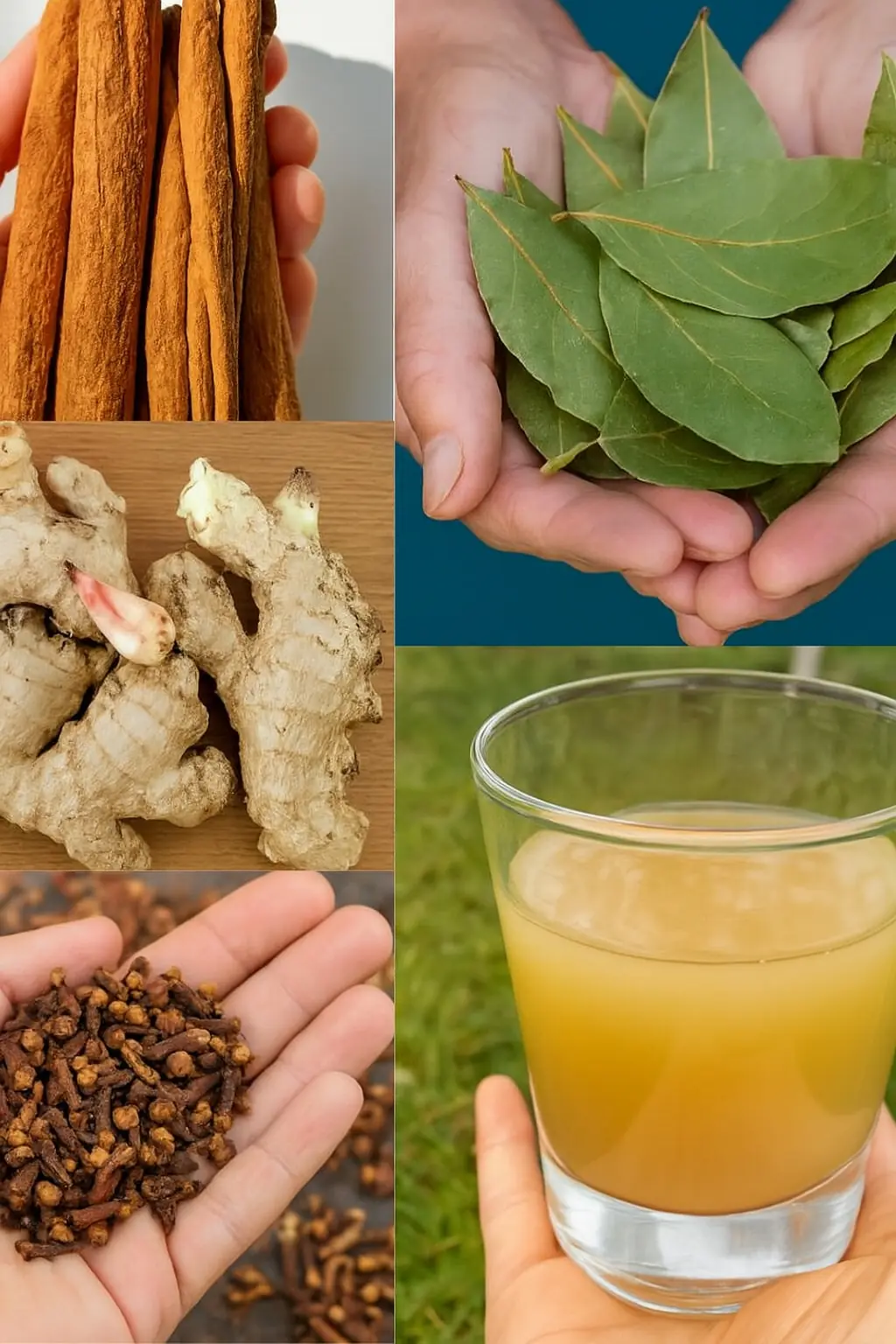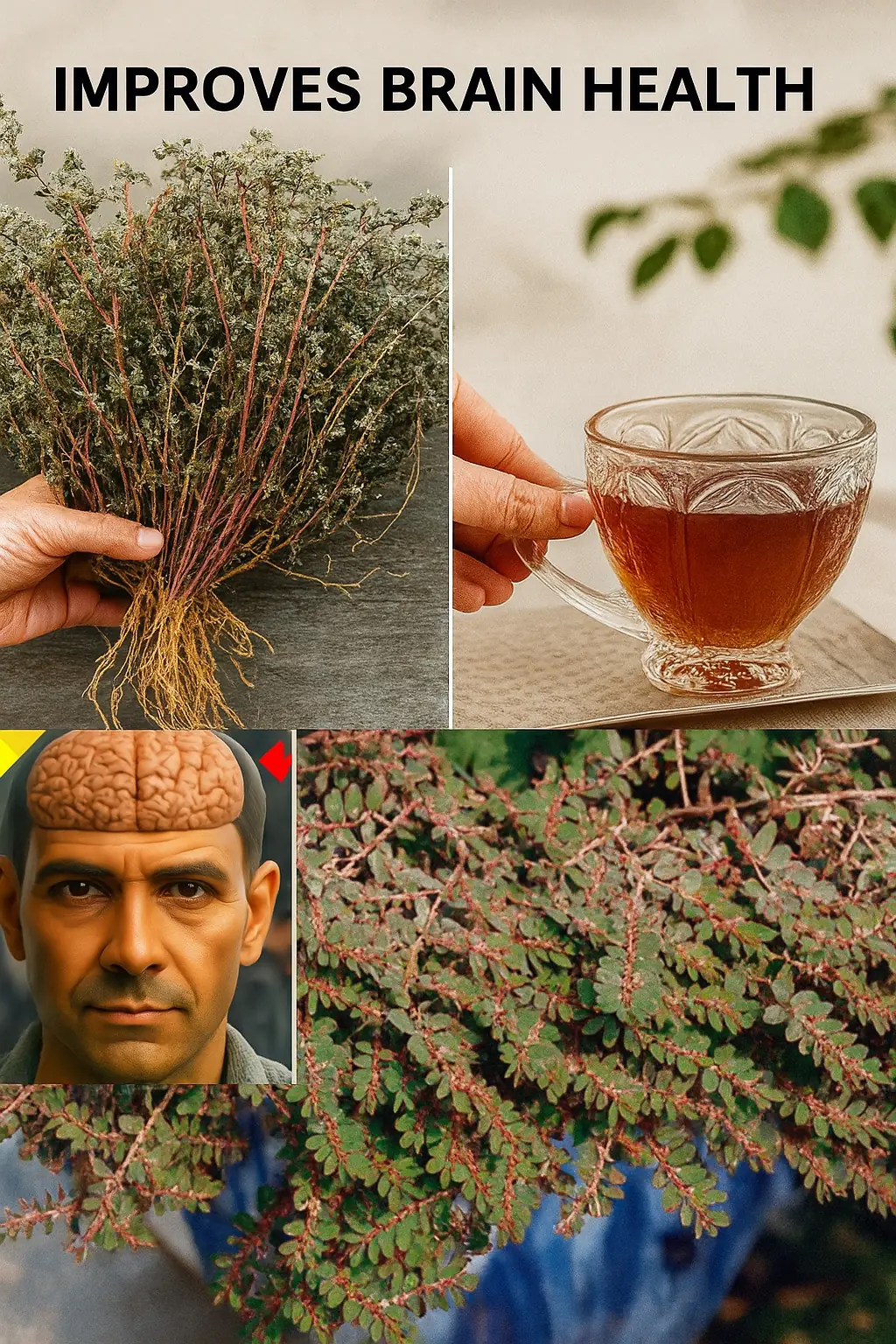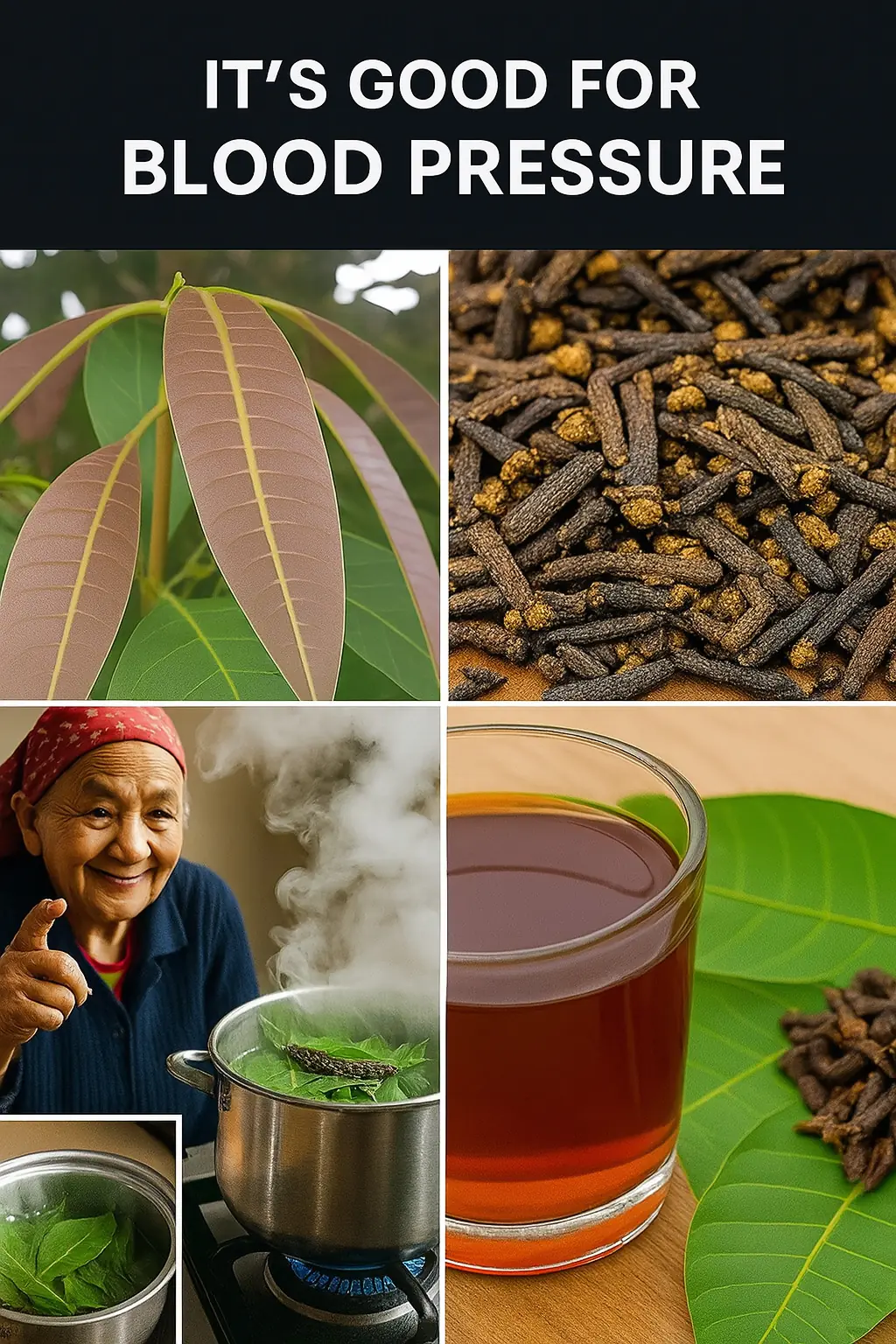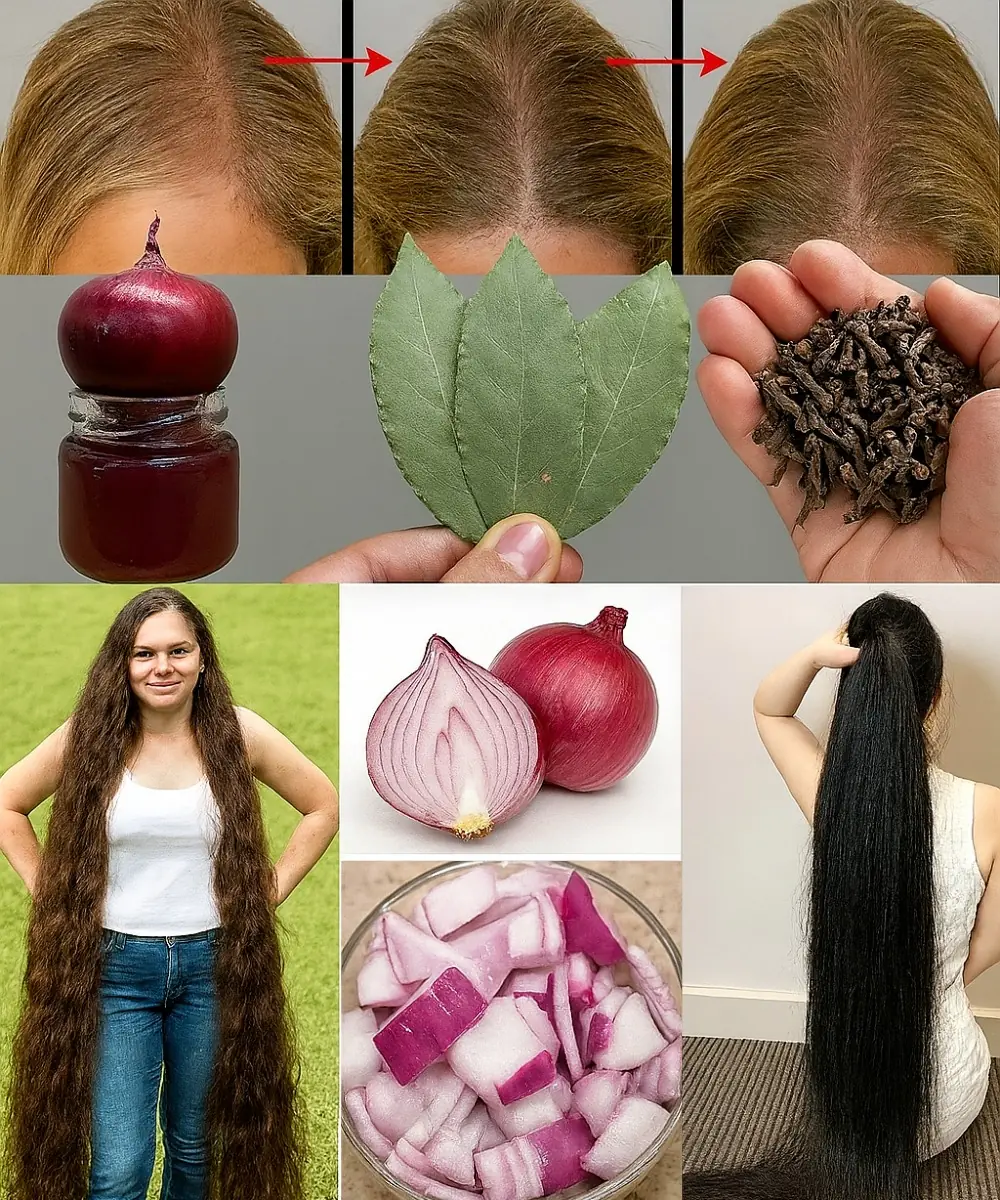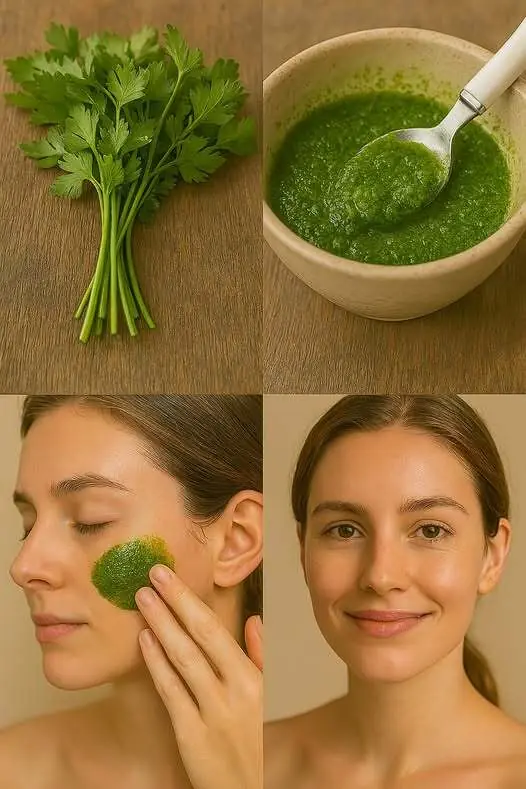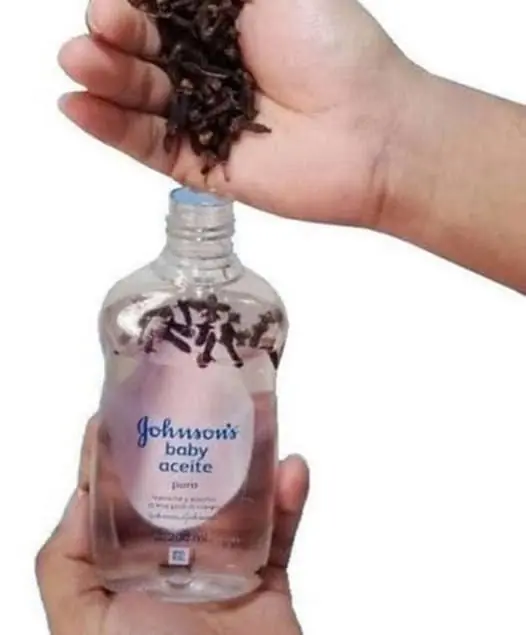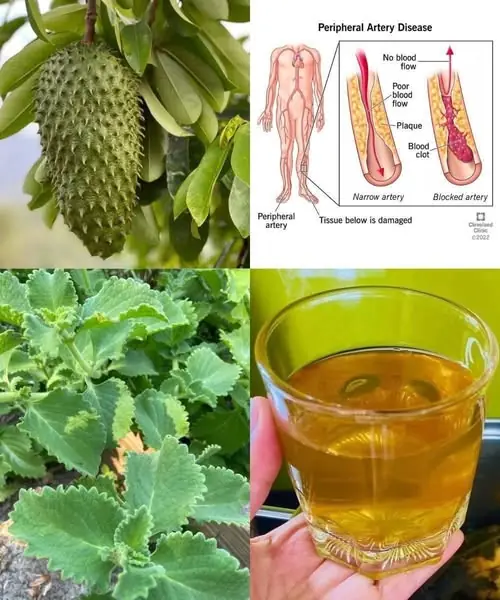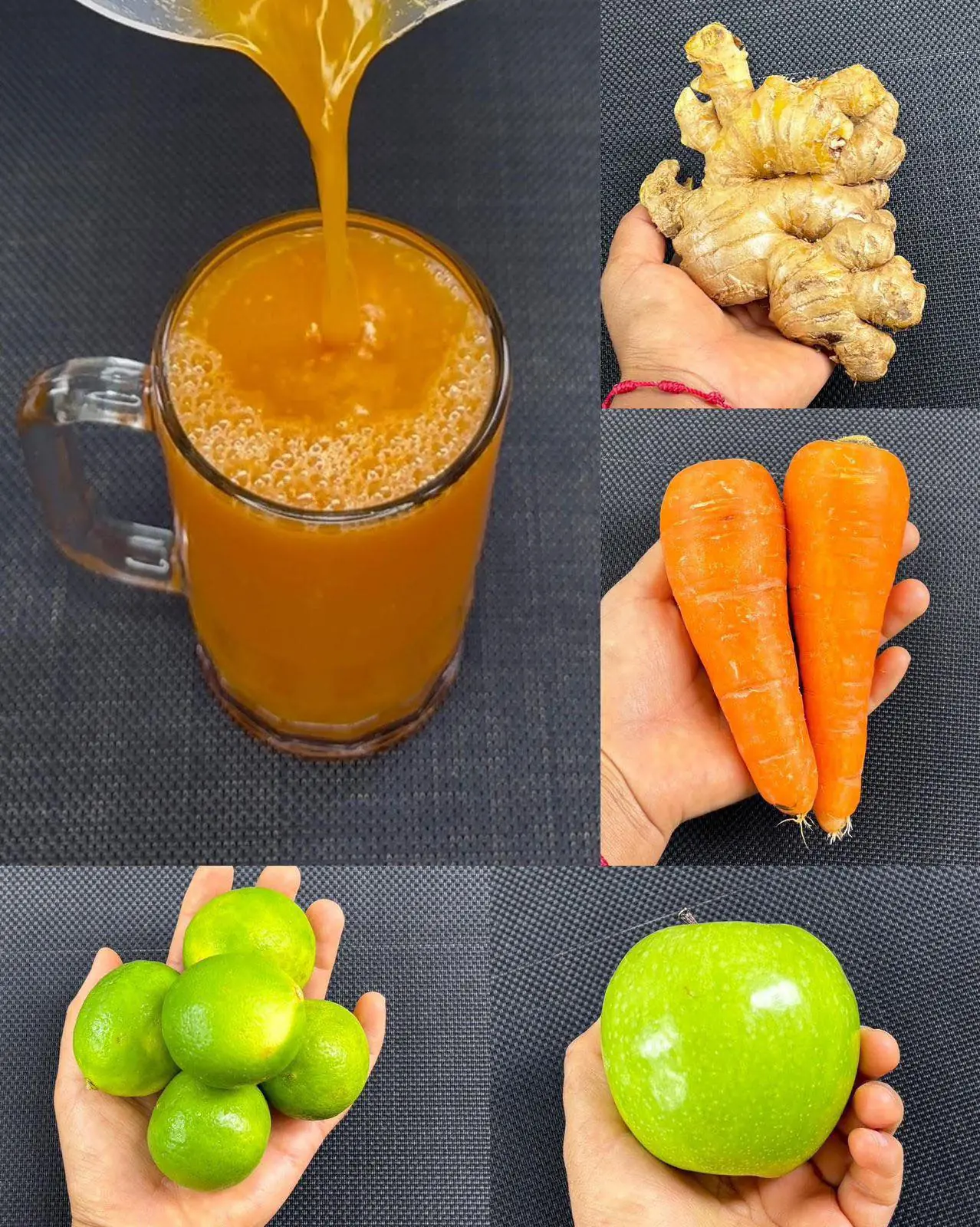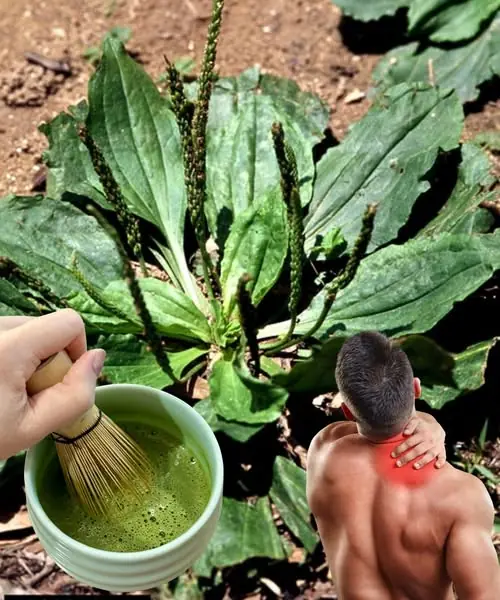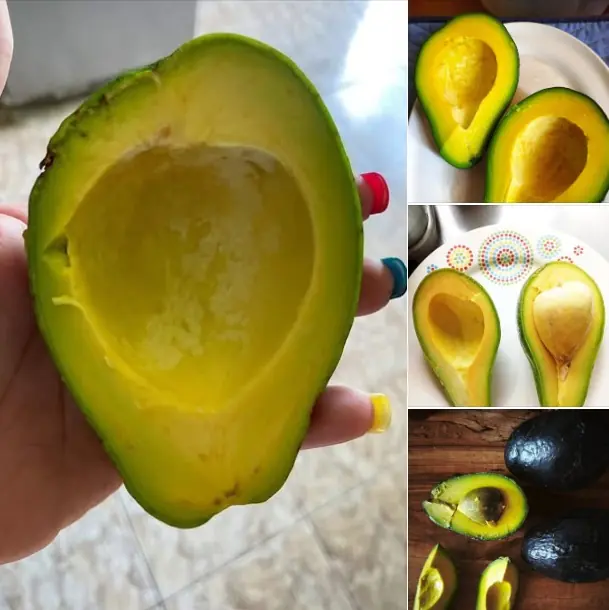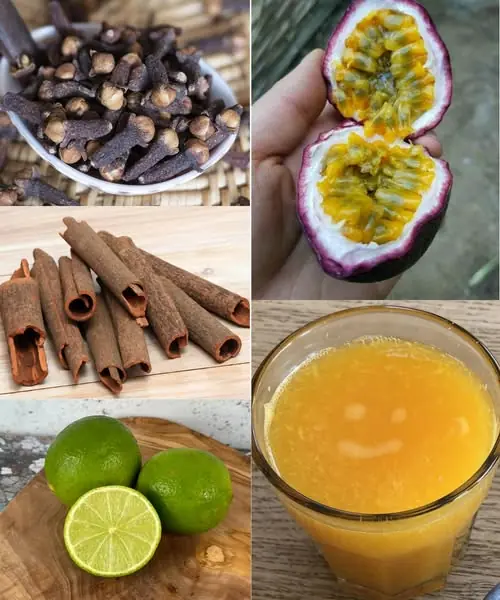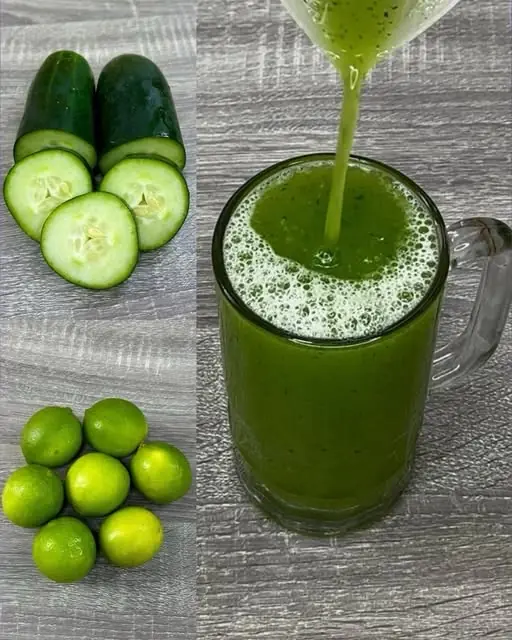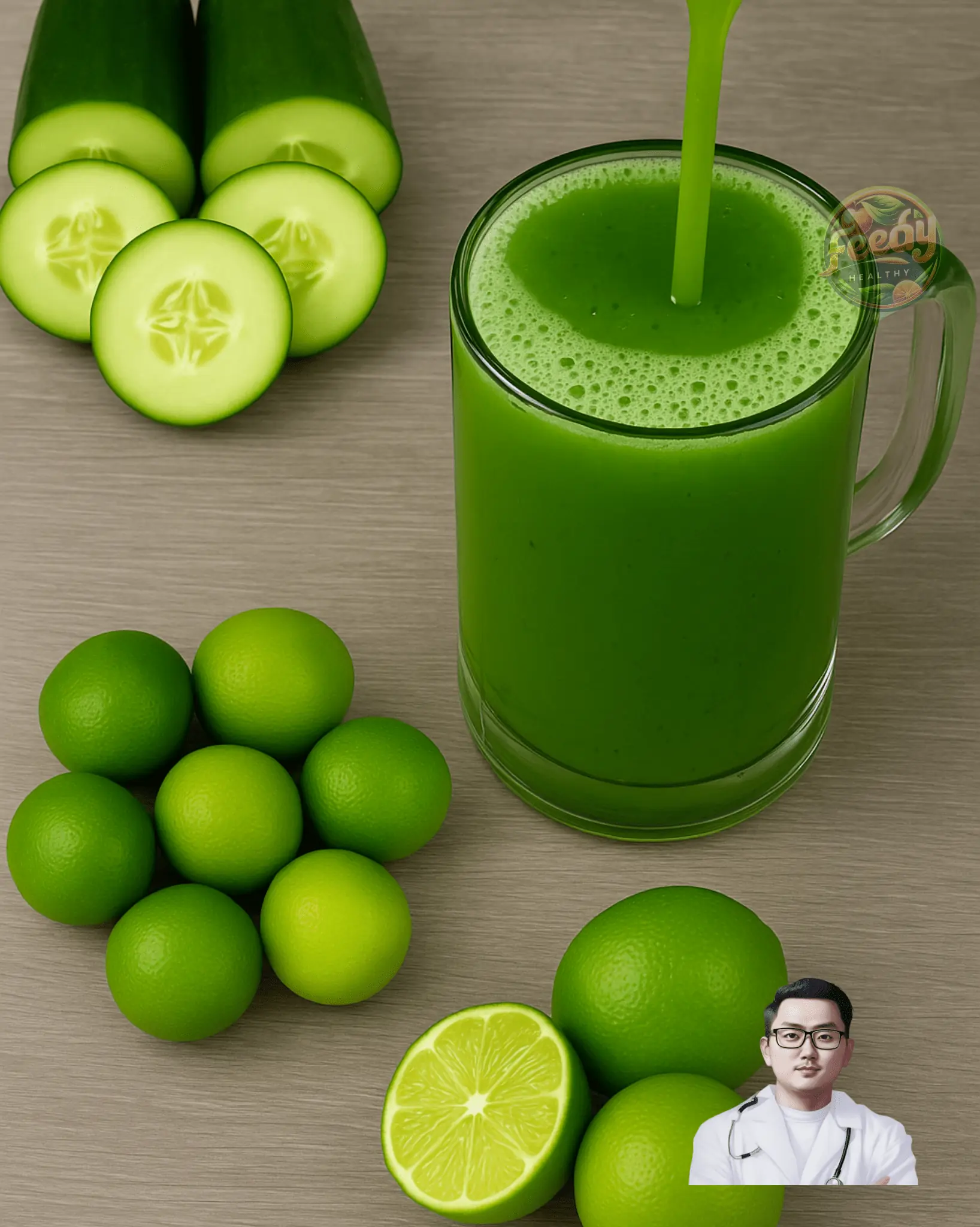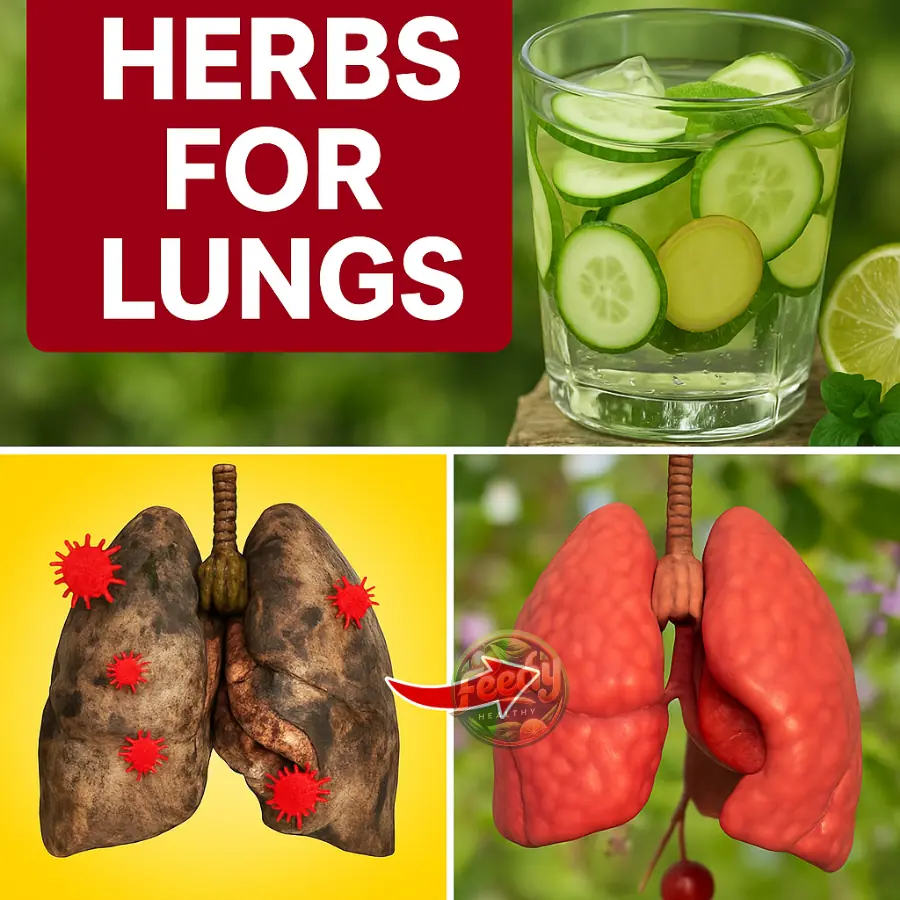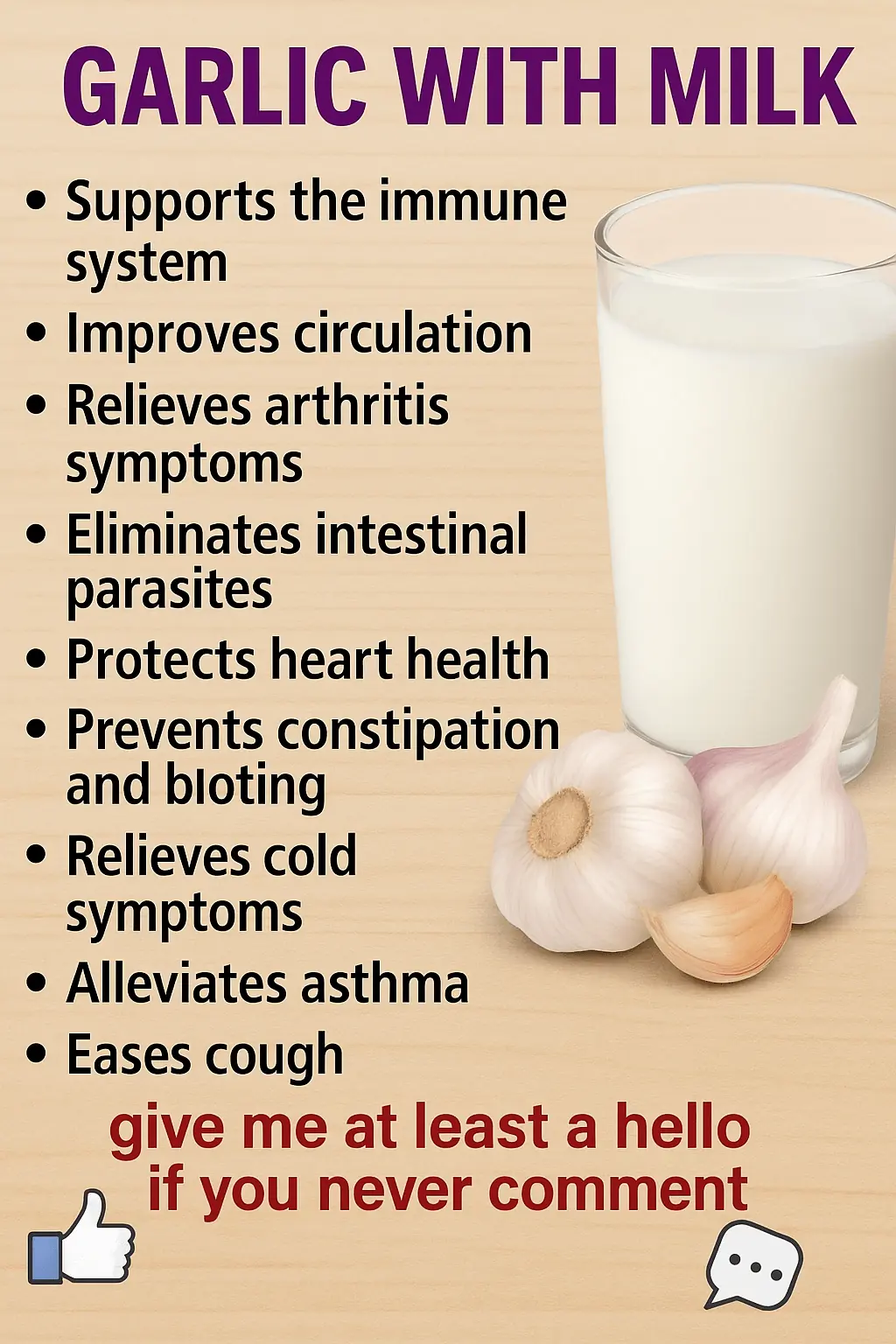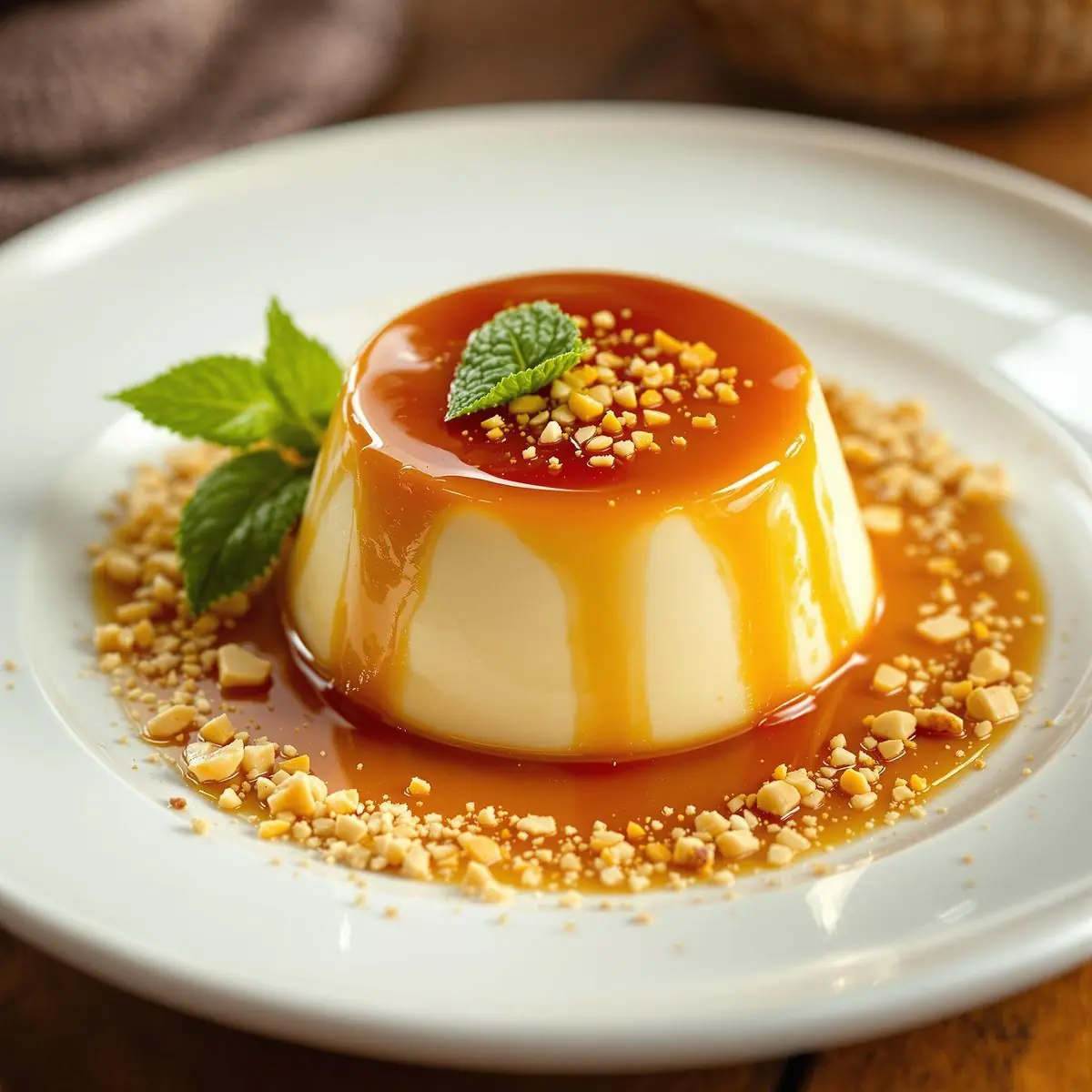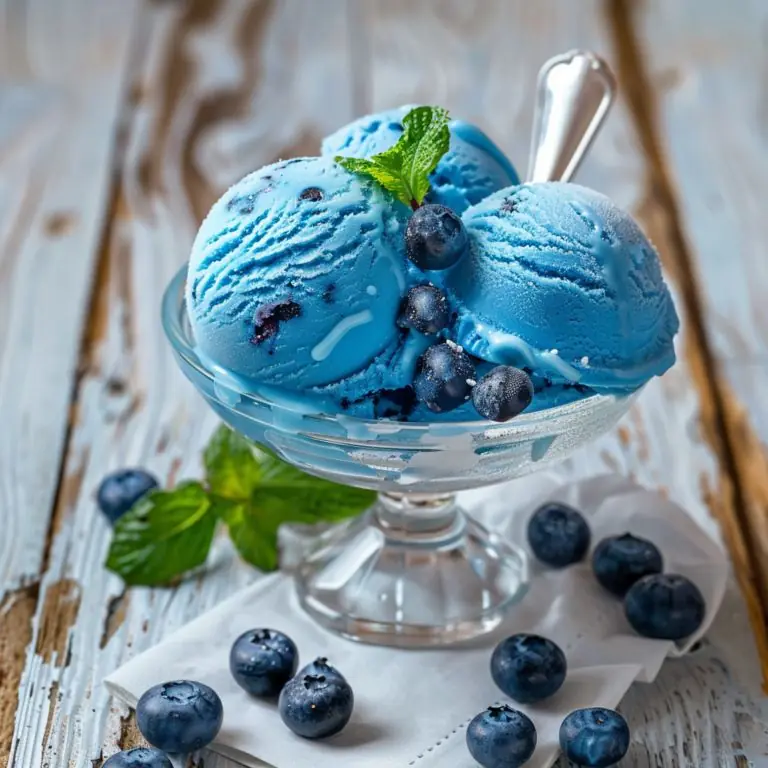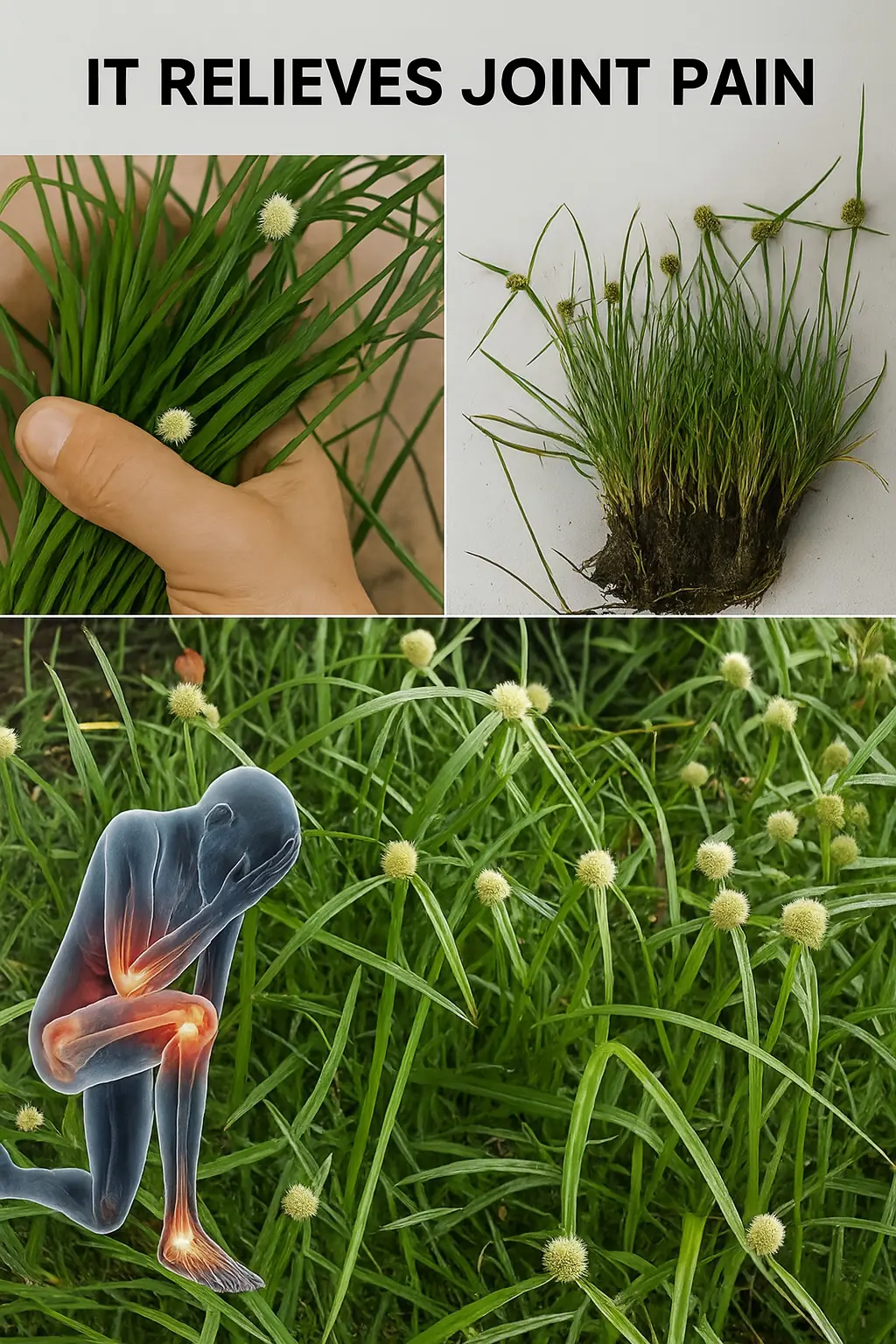
🌿 Imagine a plant so tenacious it thrives where others falter, weaving lush green carpets in the damp corners of the world. Green kyllinga, or Kyllinga brevifolia, is no ordinary sedge. This perennial marvel captivates with its understated beauty and remarkable resilience, quietly conquering wet grasslands, riverbanks, and even the manicured lawns of unsuspecting gardeners. Why does this unassuming plant hold such fascination? Its story is one of survival, adaptability, and hidden potential, waiting to be explored.
A Sedge with a Story
Green kyllinga belongs to the Cyperaceae family, a group of grass-like plants known for their triangular stems and knack for thriving in challenging environments. Native to the tropical Americas, this sedge has spread its roots across warm regions globally, from Asia to Africa, earning its place as a pantropical wonder. Its ability to flourish in diverse climates makes it both a gardener’s challenge and a botanist’s delight. With erect stems reaching up to half a meter, though often much shorter, green kyllinga forms dense, mat-like growths that can dominate any moist patch of earth.
What makes this plant so special? Its rhizomatous nature. Long, slender rhizomes creep just beneath the soil, anchoring the plant and allowing it to spread with quiet determination. These reddish-purple underground stems are the secret to its persistence, enabling it to regenerate and colonize new areas with ease. Whether in a soggy ditch or a pristine lawn, green kyllinga’s adaptability is a testament to nature’s ingenuity.
A Closer Look at Its Charm
🌱 Visually, green kyllinga is a study in elegance. Its dark green, glossy leaves, typically arranged in sets of three, extend from smooth, triangular stems. These leaves, measuring 6 to 15 centimeters long, are sparsely barbed along the edges, adding a subtle texture that’s rough to the touch. At the top of each stem sits a compact, globular flower head, a cluster of green spikelets that transform into brown as seeds mature. These tiny inflorescences, less than a centimeter long, produce flat, oval seeds that ensure the plant’s legacy from spring through summer.
The plant’s flowering stalks, triangular in cross-section, are crowned with three long, leaflike bracts that radiate outward, framing the flower head like a natural halo. This delicate structure belies its toughness, as green kyllinga can withstand close mowing and even some shade, making it a formidable presence in turfgrass and landscaped areas. Its ability to form dense mats can even crowd out aggressive competitors like bermudagrass, earning it both admiration and frustration.
A Global Traveler
🌍 Green kyllinga’s journey from the Americas to every warm corner of the globe is a tale of botanical ambition. It thrives in wet grasslands, riverbanks, and damp areas at elevations from 5 to 850 meters. Its preference for moist, sunny environments makes it a common sight in irrigation ditches, cultivated fields, and poorly drained lawns. In places like Louisiana and Florida, it’s a notorious weed, forming dense carpets that challenge turfgrass management. Yet, its global distribution—from Asia to Australasia—speaks to its incredible adaptability.
This sedge doesn’t just survive; it conquers. Its seeds germinate best at temperatures between 20 and 24°C, with a pH tolerance ranging from 5.5 to 9.5, allowing it to establish itself in a wide range of soils. Even at shallow planting depths, its emergence rate is impressive, with 60% success at the soil surface. This resilience makes green kyllinga a plant that demands respect, whether you’re a gardener battling its spread or a scientist marveling at its tenacity.
A Medicinal Marvel
💊 Beyond its botanical prowess, green kyllinga holds a treasure trove of medicinal potential. In Paraguayan traditional medicine, its rhizomes are brewed into a refreshing beverage prized for its digestive, diuretic, and sedative properties. The plant’s leaves and roots are celebrated for their carminative effects, easing bloating and promoting gut health. Its pharmacological profile is equally impressive, with studies revealing anti-aggressive, anxiolytic, and anti-inflammatory effects.
The rhizomes contain flavonoid glycosides and proanthocyanidins, compounds linked to antioxidant and anti-inflammatory benefits. These properties position green kyllinga as a candidate for treating mood disorders, with research suggesting antidepressant-like effects in preclinical studies. Its sedative qualities may calm the mind, while its antispasmodic properties could soothe physical tension. In cultures where traditional medicine thrives, green kyllinga is a trusted ally, offering natural relief for ailments ranging from digestive discomfort to anxiety.
The Gardener’s Challenge
⚔️ For all its virtues, green kyllinga is a double-edged sword. Its mat-forming growth and reddish rhizomes make it a persistent weed in lawns and ornamental plantings. In warm-season turfgrass, it grows faster than most grasses, creating dense patches that resist even the closest mowing. Its preference for wet, poorly drained soils makes it a common intruder in low-lying areas, signaling drainage issues to observant gardeners.
Controlling green kyllinga requires strategy. Cultural practices like proper fertilization, regular mowing, and improved drainage can reduce its foothold. However, when it takes root, herbicides like halosulfuron-methyl or imazaquin may be necessary for effective management. Preemergence herbicides such as oxadiazon can prevent its establishment, but multiple applications are often needed for season-long control. For gardeners, green kyllinga is a reminder that nature’s beauty often comes with a challenge.
Ecological Impact and Balance
🌎 Green kyllinga’s ecological role is complex. In its native habitats, it stabilizes soil in wet areas, preventing erosion along riverbanks and ditches. Its dense growth provides cover for small organisms, contributing to local biodiversity. However, as an introduced species in many regions, it can outcompete native plants, altering ecosystems. Its ability to spread via seeds and rhizomes makes it a formidable colonizer, requiring careful management to maintain ecological balance.
In turfgrass systems, its rapid growth can disrupt the uniformity of lawns, impacting aesthetics and functionality. Yet, its presence often highlights underlying issues, like overwatering or poor drainage, prompting land managers to address these problems. Green kyllinga’s ecological footprint is a reminder of nature’s interconnectedness, where even a weed can teach us about environmental stewardship.
Why Green Kyllinga Captivates
✨ What makes green kyllinga so compelling? It’s more than just a plant; it’s a story of resilience, adaptability, and hidden potential. For the botanist, it’s a fascinating subject of study, revealing nature’s strategies for survival. For the traditional healer, it’s a source of natural remedies, offering relief rooted in centuries-old wisdom. For the gardener, it’s a worthy adversary, challenging ingenuity and patience.
Its unassuming appearance belies a complex character. From its glossy leaves to its creeping rhizomes, green kyllinga embodies the quiet strength of nature. It thrives in adversity, adapts to new environments, and even holds secrets to human health. Whether you encounter it in a lush wetland or a pristine lawn, this sedge invites you to pause and appreciate the intricate beauty of the natural world.
A Call to Explore
🔍 Green kyllinga is more than a weed or a medicinal herb—it’s a testament to nature’s ingenuity. Its ability to thrive in diverse conditions, from tropical riverbanks to suburban lawns, challenges us to look closer at the plants we often overlook. Next time you spot its glossy leaves or spiky flower heads, take a moment to consider its journey. What can this resilient sedge teach us about adaptation, survival, and the delicate balance of ecosystems?
For gardeners, it’s a call to refine your craft, addressing drainage and maintenance to keep it in check. For healers, it’s an invitation to explore its pharmacological potential, rooted in tradition and validated by science. And for everyone, it’s a reminder that even the smallest plants have stories worth telling. Green kyllinga may be humble, but its impact is profound, weaving a narrative of resilience that resonates across continents and cultures.
Embracing the Wonder
🌟 As you walk through a damp meadow or tend to your lawn, let green kyllinga catch your eye. Its quiet presence is a reminder that beauty and strength often hide in plain sight. This sedge, with its creeping rhizomes and medicinal roots, invites us to slow down, observe, and marvel at nature’s complexity. Whether you’re battling it in your garden or studying its potential, green kyllinga offers a lesson in resilience that’s as inspiring as it is enduring.
Let this plant be your guide to discovering the hidden wonders of the natural world. Its story is far from over, and with every new patch it colonizes, green kyllinga continues to captivate, challenge, and inspire. Dive into its world, and you’ll find a plant that’s as fascinating as it is resilient—a true gem of the botanical realm.
